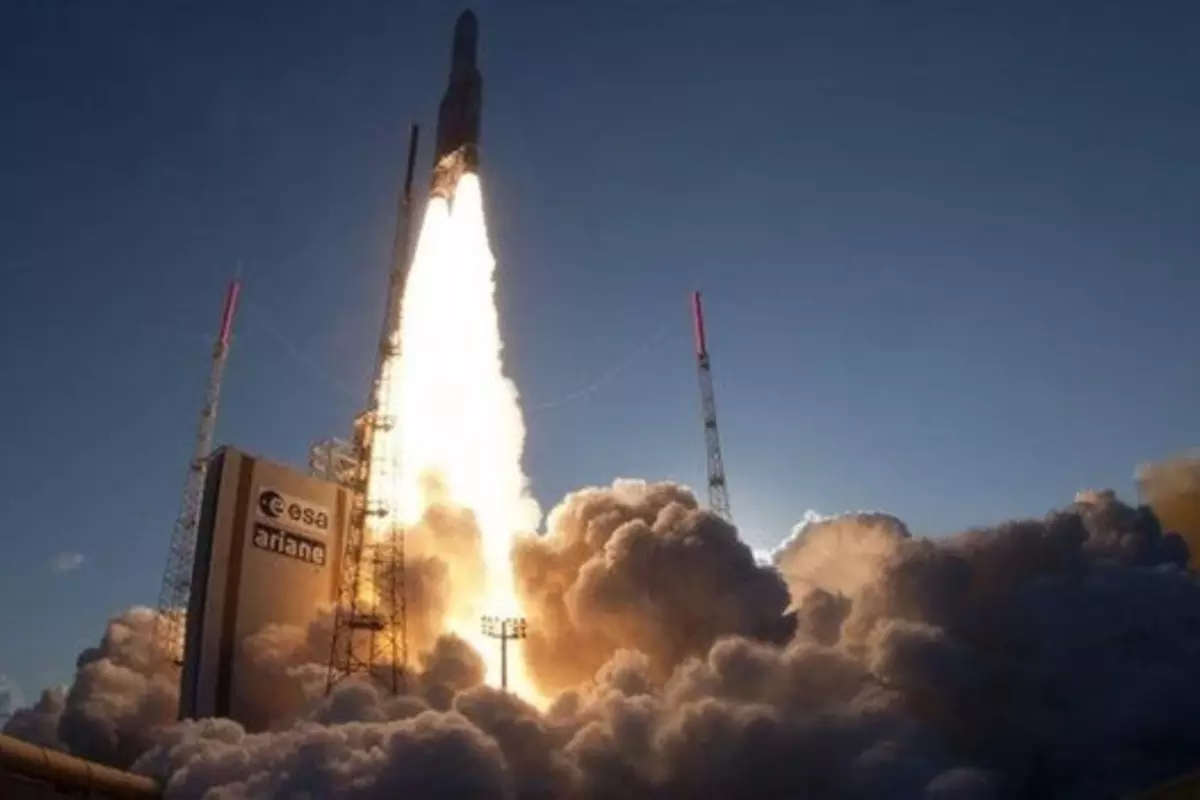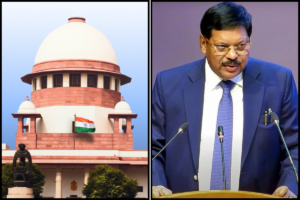
India to launch 7 satellite
On July 30, at 6.30 am, India would launch PSLV-C56, carrying a DS-SAR satellite from Singapore, from the first launchpad of the ISRO’s Sriharikota spaceport. The DS-SAR satellite, which was created through a collaboration between ST Engineering and Singapore’s Defence Science and Technology Agency (DSTA), which represents the government of Singapore, will launch on July 30.
It will be utilized to assist the satellite imagery needs of various entities within the Singaporean government once it is installed and operational. For their commercial clients, ST Engineering will use it to provide multi-modal, more responsive images and geospatial services. Developed by Israel Aerospace Industries (IAI)DS-SAR has a Synthetic Aperture Radar (SAR) payload which allows the DS-SAR to provide for all-weather day and night coverage and is capable of imaging at one meter resolution at full polarimetry.
The NewSpace India Limited (NSIL), a central public sector undertaking under the Department of Space, procured the PSLV-C56 to deploy the 360-kg DS-SAR satellite from DSTA & ST Engineering, Singapore, the Indian Space Research Organisation (ISRO), the national space agency headquartered here, tweeted on Monday.
Six Co-passengers will orbit Earth
Also read: 15 Dead And 19 Missing As a Ferry Sinks In Indonesia
The six co-passenger satellites are VELOX-AM, a technology demonstration microsatellite, Atmospheric Coupling and Dynamics Explorer (ARCADE), an experimental satellite, SCOOB-II, a 3U nanosatellite flying a technology demonstrator payload, NuLIoN by NuSpace, an advanced 3U nanosatellite enabling seamless IoT connectivity in both urban & remote locations, Galassia-2, a 3U nanosatellite that will be orbiting at low earth orbit, and ORB-12 STRIDER, a satellite developed under an International collaboration, according to Bengaluru-headquartered ISRO.
The PSLV-C56 is configured in its core-alone mode, similar to that of the C55. The registrations for the public wanting to witness the launch will begin from Monday evening onwards.
Another interplanetary mission will be followed by this mission and this time it is the Sun Mission for ISRO. Aditya L1 will also be sent up its coronagraphy satellite, on a PSLV rocket to study and research the solar atmosphere at the end of August.
The spacecraft will be placed into a halo orbit around the first Lagrange point, L1, of the Sun-Earth system. According to ISRO, The satellite around the L1 point will be continuously monitoring the Sun without occultation or eclipses.
The Aditya L1 mission is scheduled to happen a couple of days after ISRO attempts to land on the lunar soil of its lander that is being carried by the Chandrayaan-3 spacecraft. After that Anwesha satellite and XPoSAT- an X-Ray Polarimeter Satellite with the ISRO’s Small Satellite Launch Vehicle (SSLV) will be orbiting.
The Indian space agency plans to orbit INSAT-3DS and two IDRSS (Indian Data Relay Satellite System) satellites with its Satellite Launch Vehicle (GSLV)
ISRO will be testing the various systems that will go into its LVM3 rocket for the maiden human space mission. ISRO had two successful commercial launches and three of the nation’s satellites this year.
To read more such news, download Bharat Express news apps






















